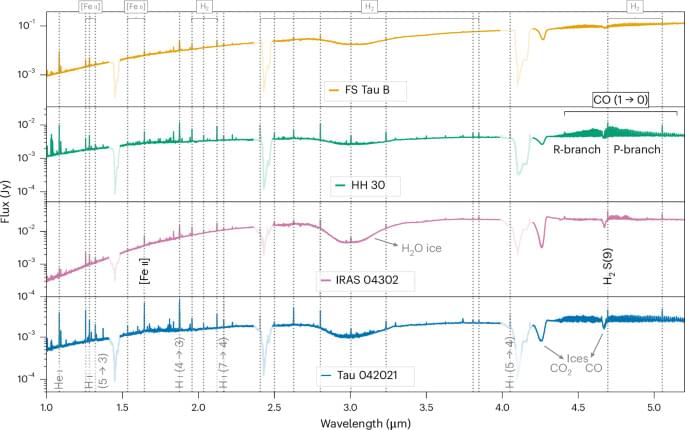Discover the pivotal role of a single type of cell that sparked the incredible evolution from simple sea creatures of 800 million years ago to the diverse array of complex animals we see today.


On this episode, neuroscientist and author Robert Sapolsky joins Nate to discuss the structure of the human brain and its implication on behavior and our ability to change. Dr. Sapolsky also unpacks how the innate quality of a biological organism shaped by evolution and the surrounding environment — meaning all animals, including humans — leads him to believe that there is no such thing as free will, at least how we think about it today. How do our past and present hormone levels, hunger, stress, and more affect the way we make decisions? What implications does this have in a future headed towards lower energy and resource availability? How can our species manage the mismatch of our evolutionary biology with our modern day challenges — and navigate through a ‘determined’ future?
About Robert Sapolsky:
Robert Sapolsky is professor of biology and neurology at Stanford University and a research associate with the Institute of Primate Research at the National Museum of Kenya. Over the past thirty years, he has divided his time between the lab, where he studies how stress hormones can damage the brain, and in East Africa, where he studies the impact of chronic stress on the health of baboons. Sapolsky is author of several books, including Why Zebras Don’t Get Ulcers, A Primate’s Memoir, Behave: The Biology of Humans at Our Best and Worst, and his newest book coming out in October, Determined: Life Without Free Will. He lives with his family in San Francisco.
For Show Notes and More visit: https://www.thegreatsimplification.co…
00:00 — Episode highlight.
00:15 — Guest introduction.
03:10 — When did Robert know he wanted to study animal behavior?
04:40 — When was his last research trip?
05:46 — Challenges that come from differences from modern and ancestral environments.
07:20 — Physiology and our emotions.
09:37 — Divide in evolutionary beliefs.
12:13 — Behavioral science and religion.
14:40 — Past students’ impacted by Robert.
16:48 — Testosterone.
21:07 — Dopamine.
29:02 — Oxytocin.
32:19 — Hormones affecting social behavior.
38:21 — Changing the environmental stimuli of pregnant people to positively impact fetus’ development.
41:55 — Free will.
57:24 — Science of attractiveness.
58:55 — Do people have free will?
1:13:12 — Emergence.
1:18:17 — Quantum and indeterminacy.
1:19:18 — Complexity of free will.
1:23:46 — Difference between free will and agency.
1:26:43 — How to use Robert’s work to change policies around the world in a positive way.
1:29:15 — What’s the difference between a deterministic world and a fatalistic one?
1:34:39 — Robert’s thoughts on his newest book, Determined: Life Without Free Will.
1:40:48 — Key components in a new systems society understanding this science.
1:45:30 — What should listeners take away from this podcast?
1:47:32 — Robert’s recommendations for the polycrisis.
1:52:20 — What Robert cares most about in the world.
1:53:00 — Robert’s magic wand.
1:54:36 — Future topics of conversations.
#natehagens #thegreatsimplification #neuroscience #dopamine #freewill #testosterone
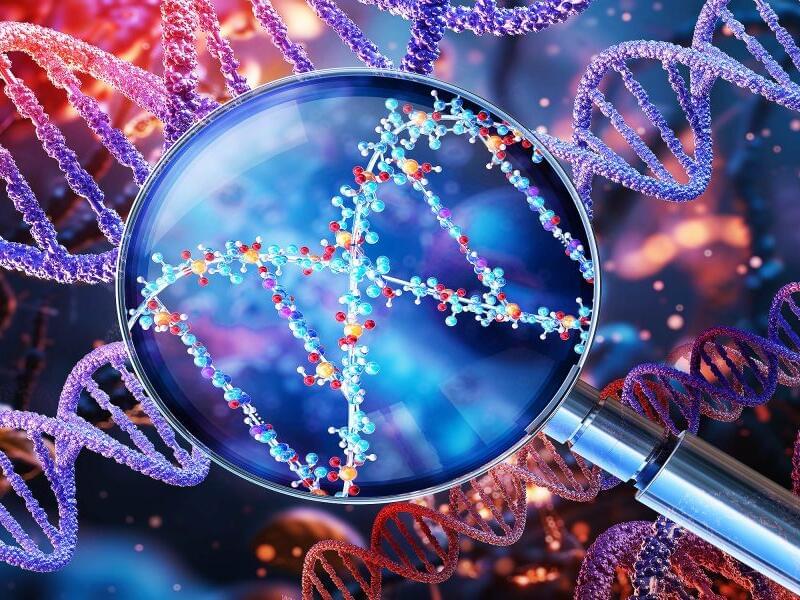
Evolution has always been seen as a complex, random, and unpredictable process, shaping life on Earth in ways we could hardly anticipate.
But what if there’s more order to it than chaos? That’s exactly what a team of scientists is suggesting in a new study.
This research, led by Professor James McInerney and Dr. Alan Beavan from the School of Life Sciences at the University of Nottingham, hints that evolution might not be as random as we’ve long thought.
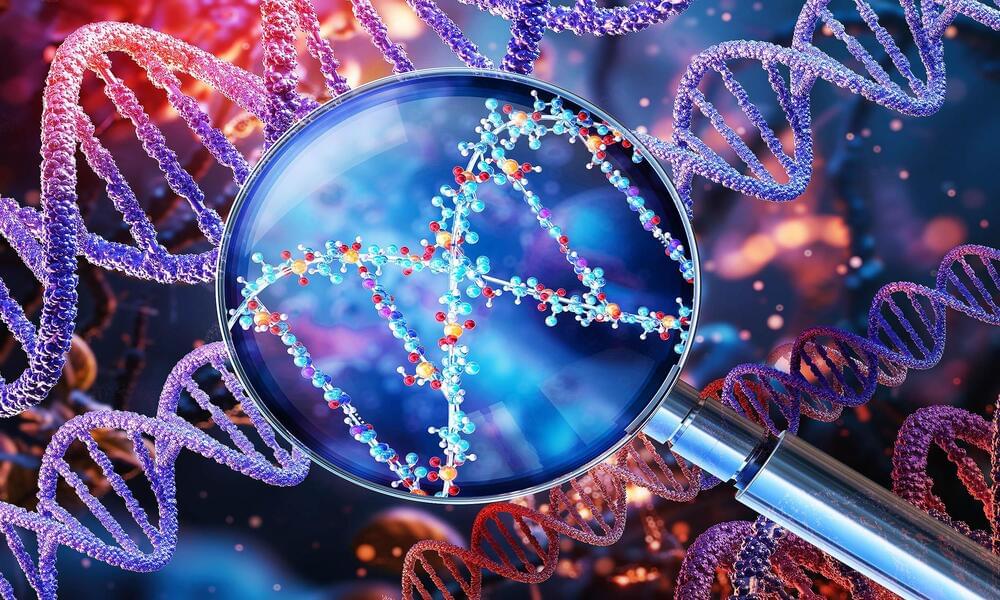
Imagine doctors being able to predict how a disease might progress in your body based on your genetic makeup, or which treatments would be most effective for you.
This research could bring us one step closer to that reality.
To sum it all up, this new research is shaking up how we think about evolution. Instead of seeing it as a series of random events, the study suggests there’s a level of predictability influenced by gene families and genetic history.

Researchers have discovered the most distant Milky-Way-like galaxy yet observed. Dubbed REBELS-25, this disc galaxy seems as orderly as present-day galaxies, but we see it as it was when the Universe was only 700 million years old. This is surprising since, according to our current understanding of galaxy formation, such early galaxies are expected to appear more chaotic. The rotation and structure of REBELS-25 were revealed using the Atacama Large Millimeter/submillimeter Array (ALMA), in which the European Southern Observatory (ESO) is a partner.
The galaxies we see today have come a long way from their chaotic, clumpy counterparts that astronomers typically observe in the early Universe. “According to our understanding of galaxy formation, we expect most early galaxies to be small and messy looking,” says Jacqueline Hodge, an astronomer at Leiden University, the Netherlands, and co-author of the study.
These messy, early galaxies merge with each other and then evolve into smoother shapes at an incredibly slow pace. Current theories suggest that, for a galaxy to be as orderly as our own Milky Way – a rotating disc with tidy structures like spiral arms – billions of years of evolution must have elapsed. The detection of REBELS-25, however, challenges that timescale.
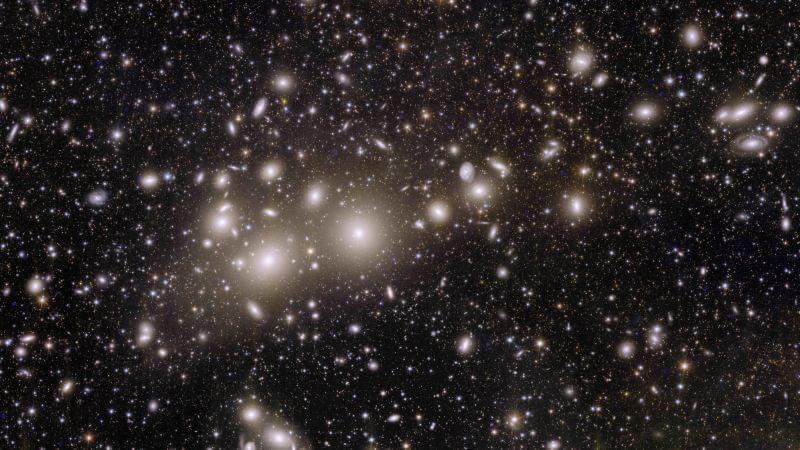

Black holes are some of the most mysterious and awe-inspiring celestial objects in science, and while pairs of black holes or a black hole orbiting another object like a star, known as binary black holes, have been confirmed to exist, what about triple systems? This is what a recent study published in Nature hopes to address as a team of researchers from the Massachusetts Institute of Technology (MIT) and the California Institute of Technology (Caltech) announced the discovery of a “black hole triple”, meaning three black holes are orbiting each other simultaneously. This study holds the potential to help researchers better understand the formation and evolution of black holes and what this can teach us about the universe, overall.
For the study, the researchers examined the binary black hole system V404 Cygni, which consists of a central black hole being orbited by two stars, with one orbiting in 6.5 days while the other takes approximately 70,000 years to complete one orbit. It is this second object that has scientists scratching their heads, as it is confounding how an object so far away can be influenced by a black hole’s gravity. While black holes are often created from a supernova, or the collapse and explosion of a large star, this means the explosion should have pushed away the farther star in this system. Therefore, the team postulates this black hole was formed by what’s known as a “direct collapse”, which is a smaller and gentler process when a star collapses in on itself as opposed to producing an outward explosion.
“We think most black holes form from violent explosions of stars, but this discovery helps call that into question,” said Dr. Kevin Burdge, who is a Pappalardo Fellow in the MIT Department of Physics and lead author of the study. “This system is super exciting for black hole evolution, and it also raises questions of whether there are more triples out there.”
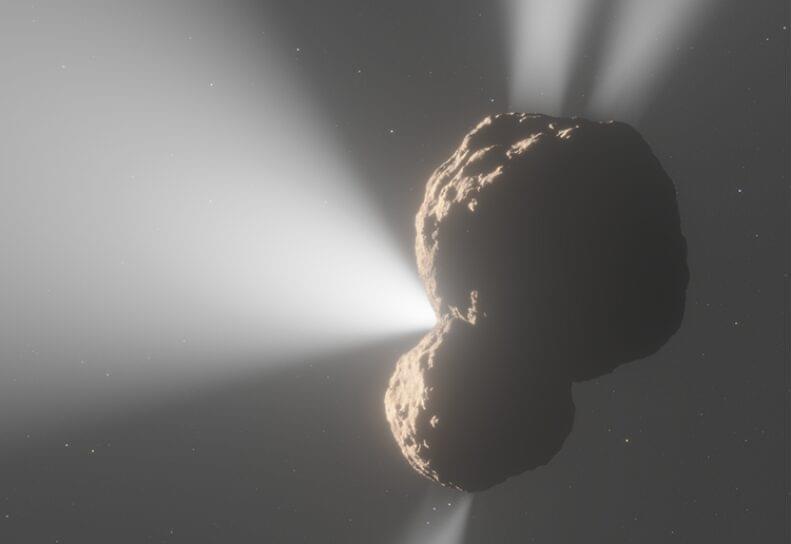
Inspired by the half-human, half-horse creatures that are part of Ancient Greek mythology, the field of astronomy has its own kind of centaurs: distant objects orbiting the sun between Jupiter and Neptune. NASA’s James Webb Space Telescope has mapped the gases spewing from one of these objects, suggesting a varied composition and providing new insights into the formation and evolution of the solar system.
Centaurs are former trans-Neptunian objects that have been moved inside Neptune’s orbit by subtle gravitational influences of the planets in the last few million years, and may eventually become short-period comets. They are “hybrid” in the sense that they are in a transitional stage of their orbital evolution: Many share characteristics with both trans-Neptunian objects (from the cold Kuiper Belt reservoir), and short-period comets, which are objects highly altered by repeated close passages around the sun.
Since these small icy bodies are in an orbital transitional phase, they have been the subject of various studies as scientists seek to understand their composition, the reasons behind their outgassing activity—the loss of their ices that lie underneath the surface—and how they serve as a link between primordial icy bodies in the outer solar system and evolved comets.
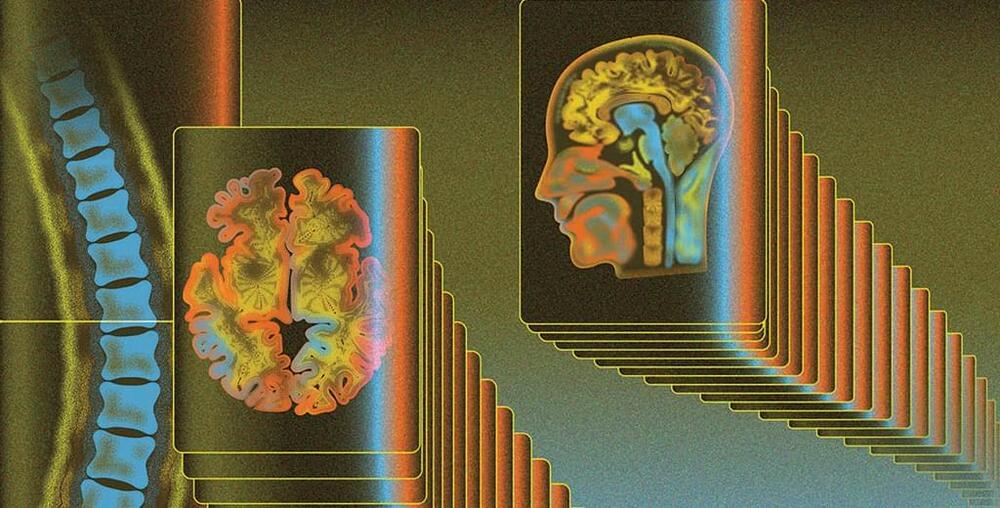
Every cell is beholden to a phenomenon called cell fate, a sort of biological preset determined by genetic coding. Burgeoning cells take their developmental cues from a set of core genetic instructions that shape their structure and function and how they interact with other cells in the body.
To you or me, it’s biological law. But to a group of researchers at Stanford Medicine, it’s more of a suggestion. Unconstrained by the rules of evolution, these scientists are instead governed by a question: What if?
What if you could eat a vaccine? Or create a bacterium that could also detect and attack cancer? What if furniture could grow from a seed?
